MULTI-ROTOR
Pros:
- Cheapest entry point
- Great stability/Position Control
- Great for photography/videography due to camera control
Cons:
- Limited endurance (battery life)
- Limited to lightweight cameras/carrying capacity
- Low Speed
This makes multi-rotor perfect for hobbyists or professional photographers/videographers but unsuitable for large-scale aerial work such as large surveying and monitoring projects.
FIXED-WING
Pros:
- Efficient
- Endurance
- Carry a larger payload
Cons:
- No Hover
- Less position control
- Harder to launch and recover
- Post-processing stitching of images or data requires more time
- Cost
These drones use a fixed-wing, like an aeroplane, to provide their lift and a propellor for forward motion only. This gives them greater efficiency and can therefore cover longer distances, monitor larger areas, or cover more ground in large survey projects.
SINGLE ROTOR HELICOPTER
Pros:
- More efficient than multi-rotor drones
- Longer endurance
- Can carry very heavy payloads (LIDAR sensors etc)
- Can hover in one spot
Cons:
- Complexity
- Cost
- Vibration
- Blades are far more dangerous
- Less stable than multi-rotor drones
Single rotor helicopters are perfect for heavy lifting and doing advanced survey work with heavy equipment such as LIDAR sensors. They are expensive to operate and are usually only used for specific commercial applications.
